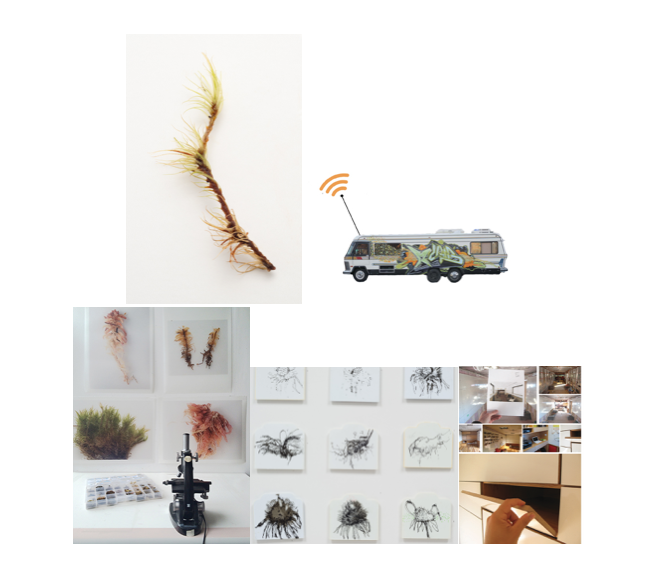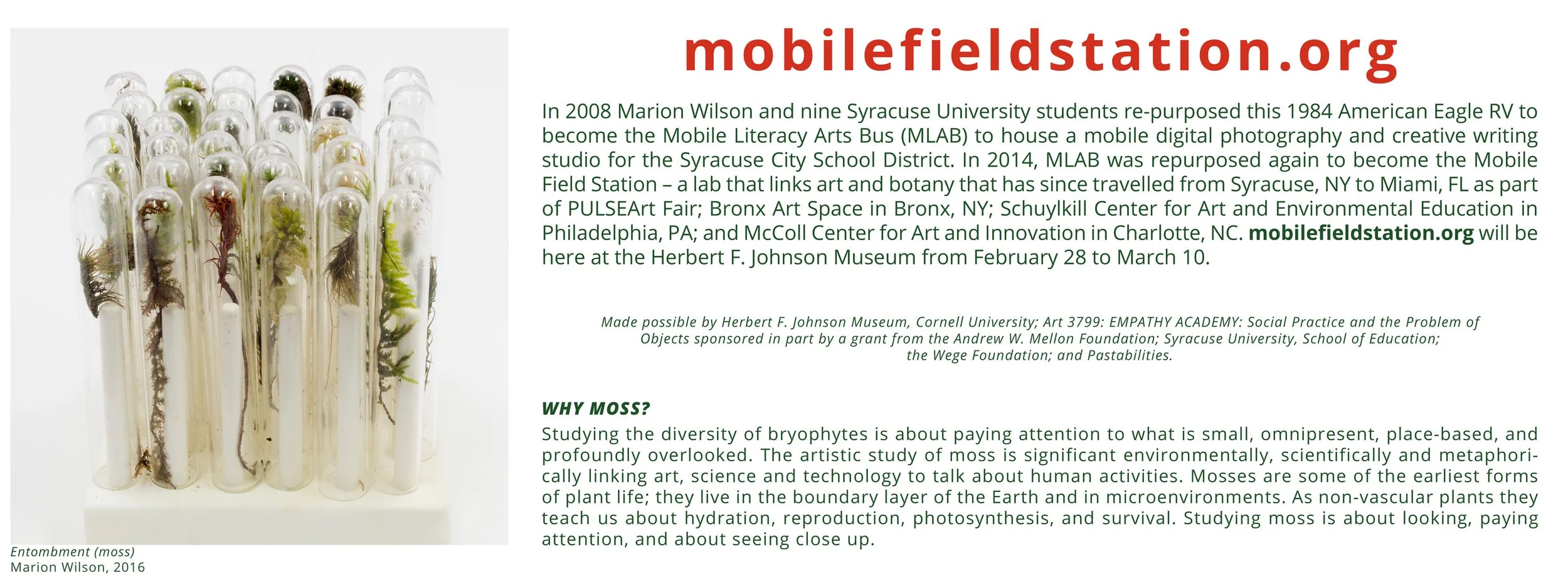Bryophilia and MOSSLAB, 2016-2018
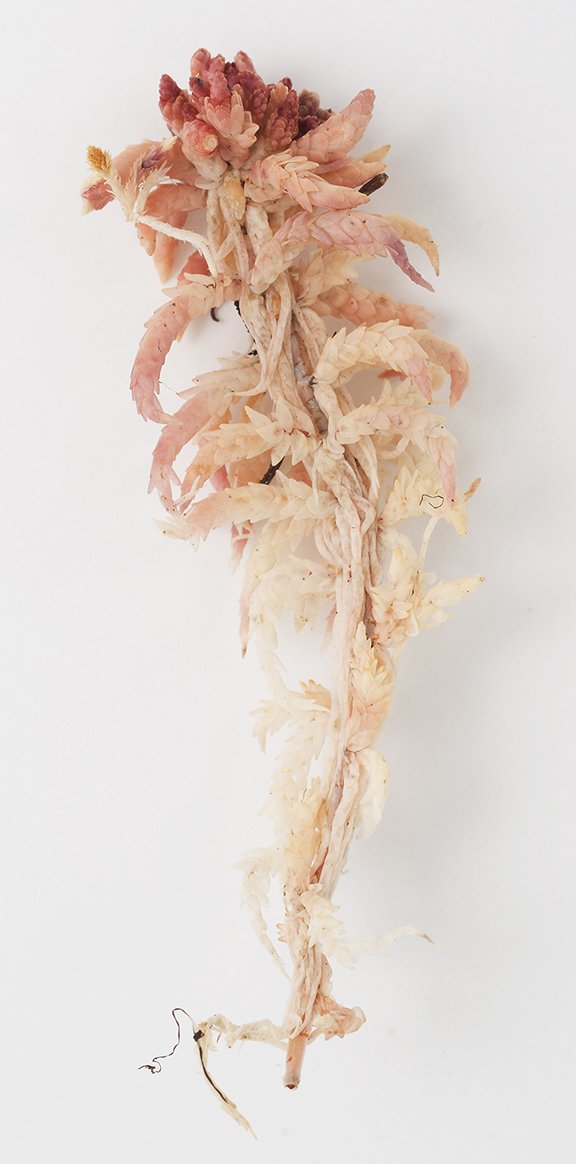



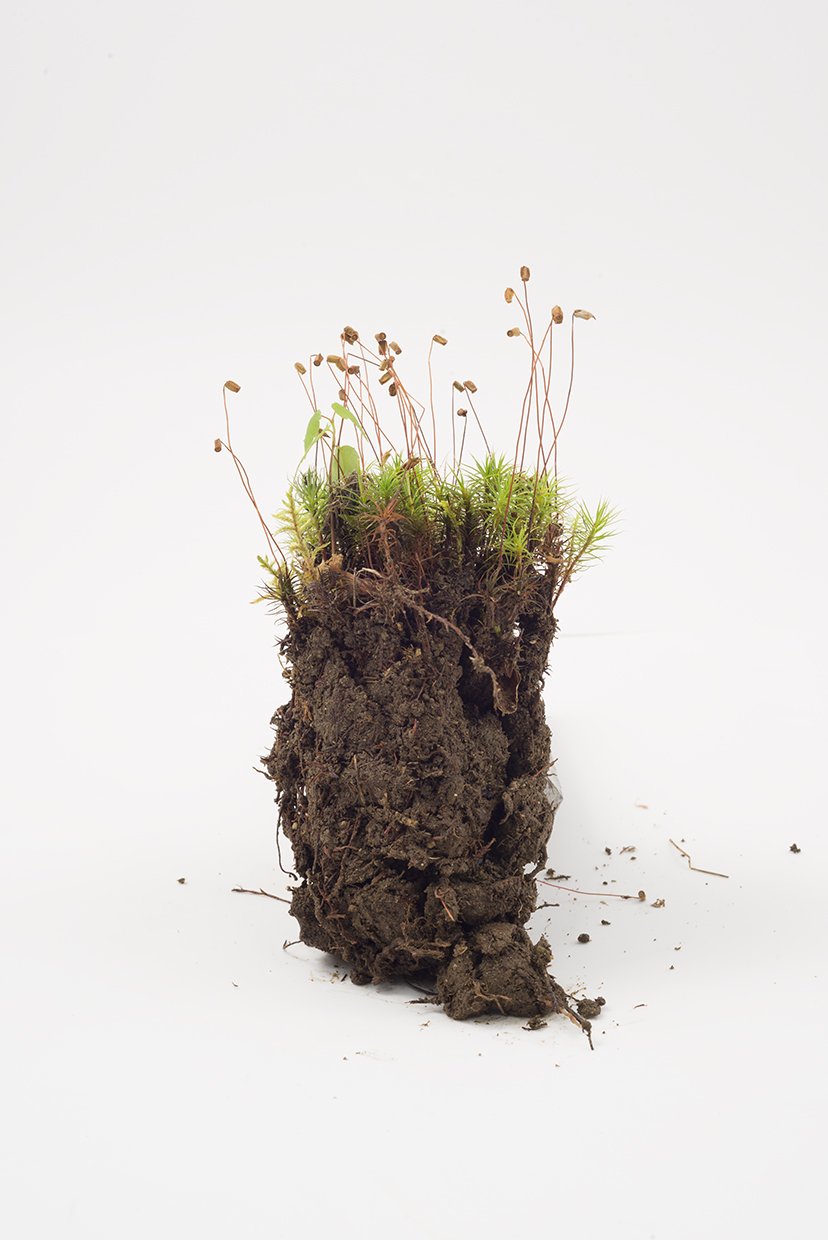

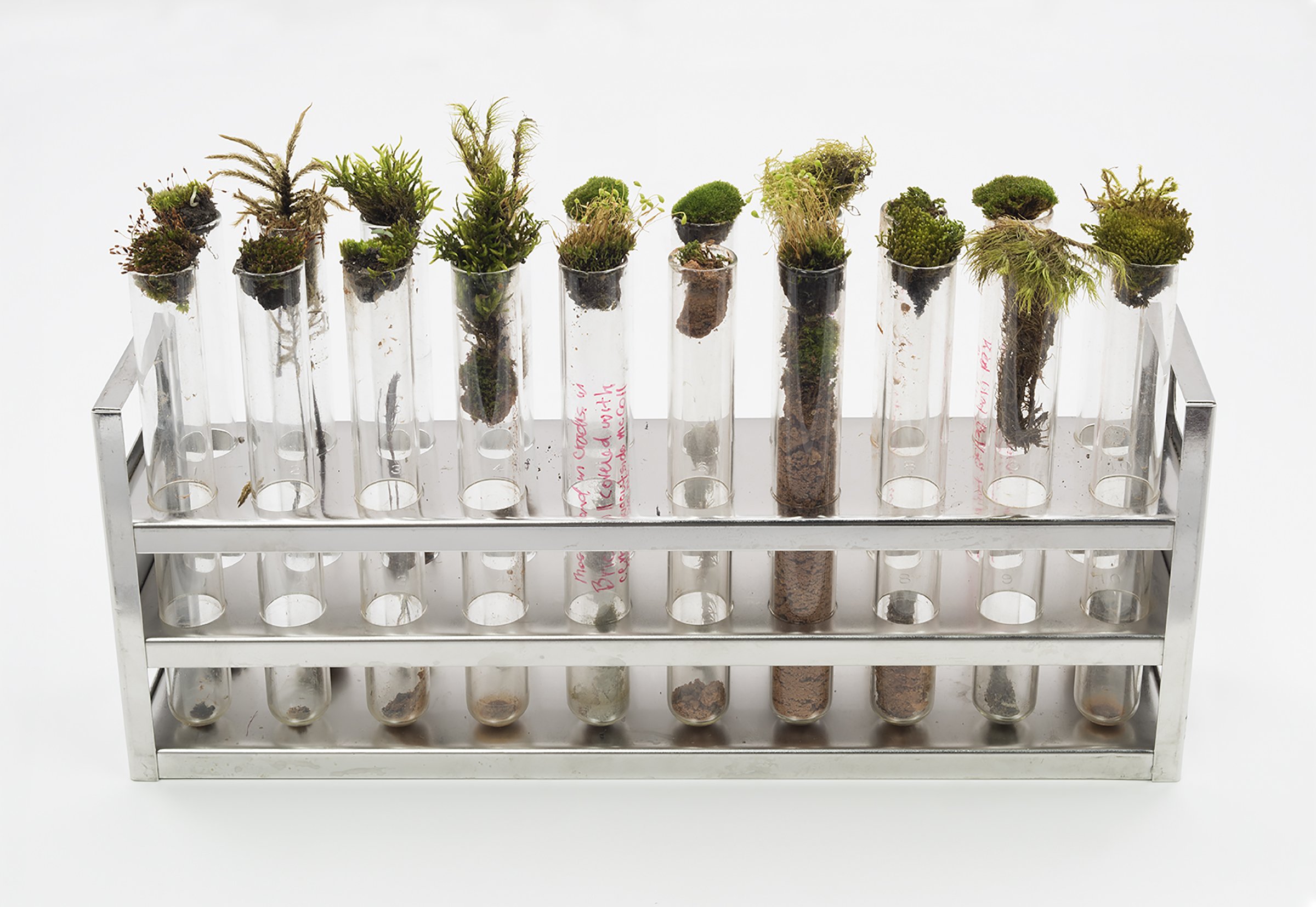
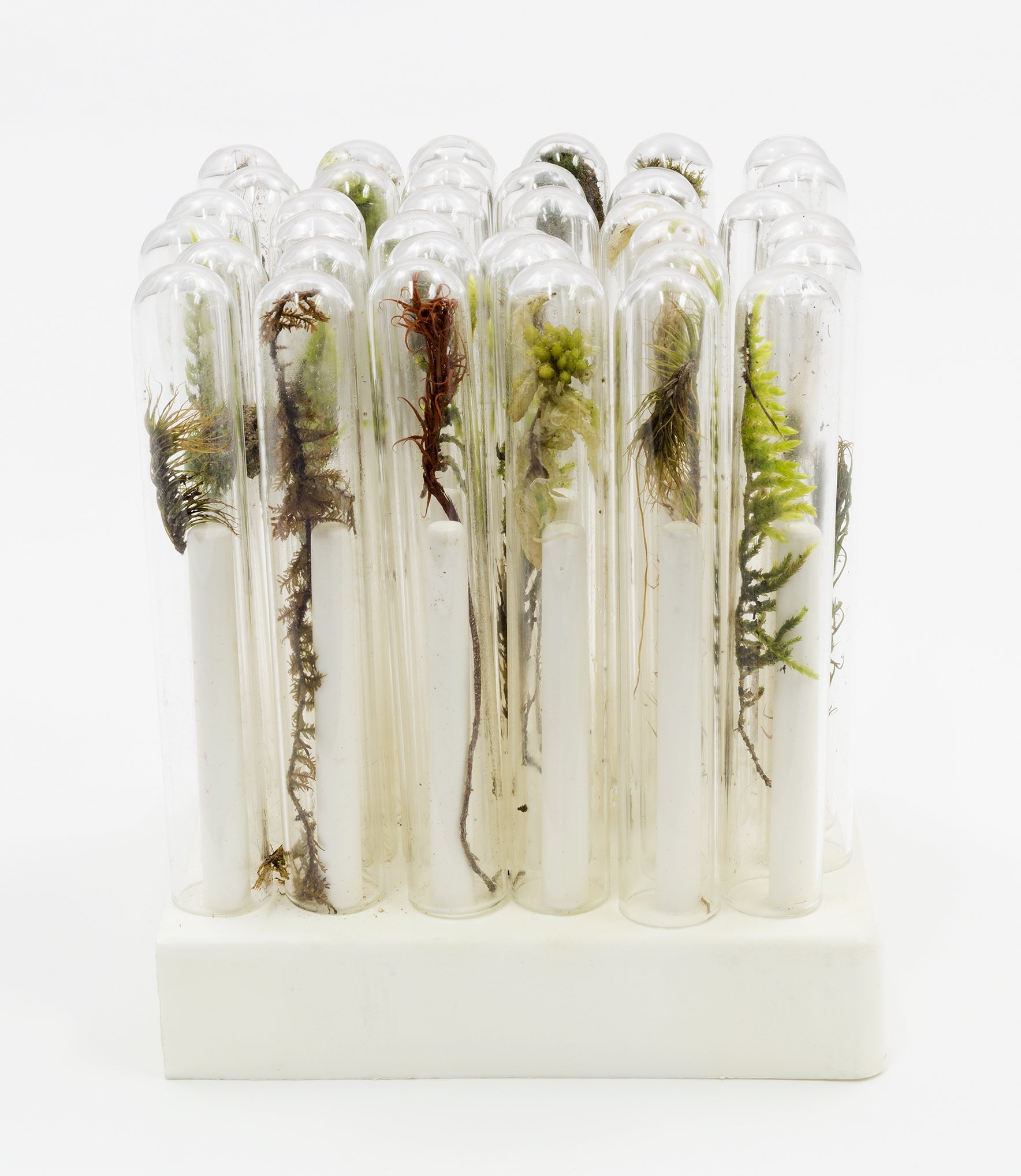
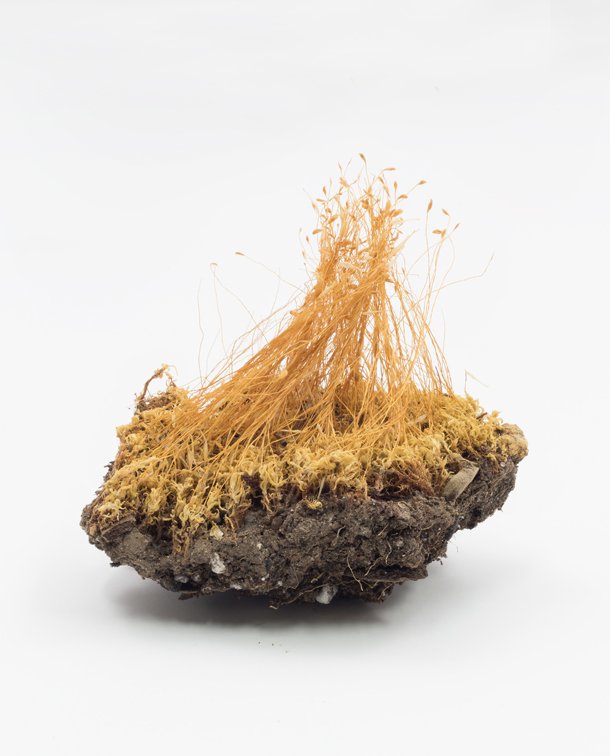
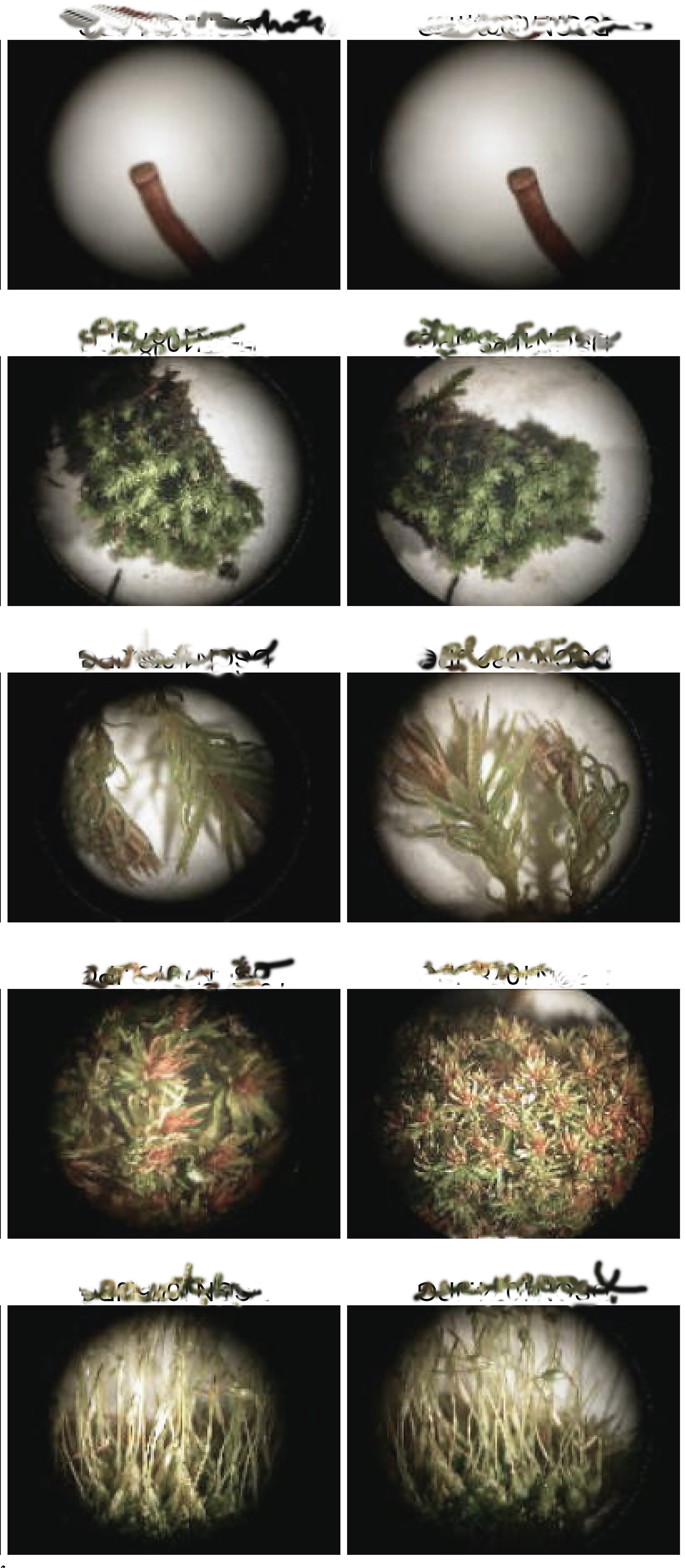

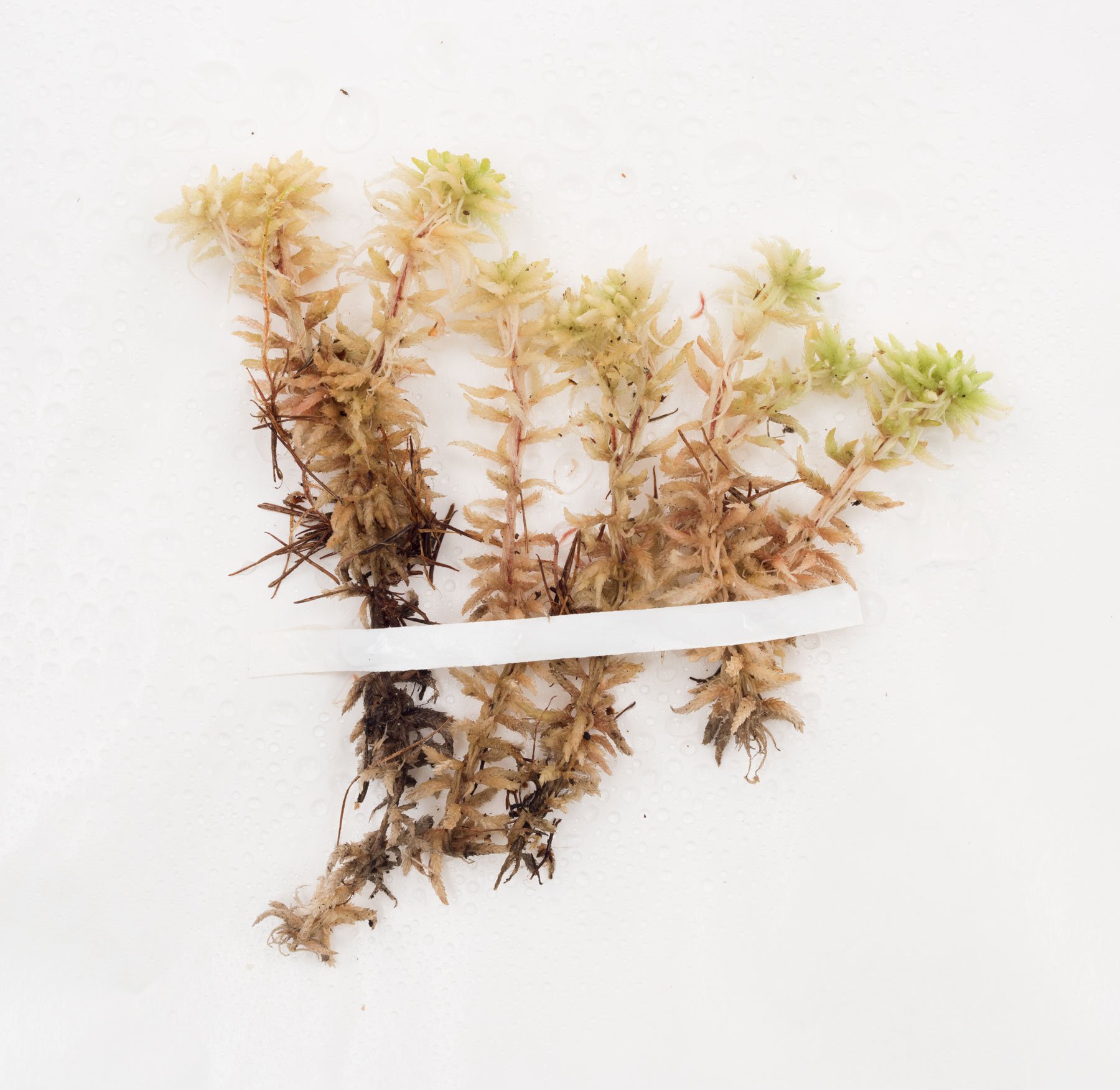
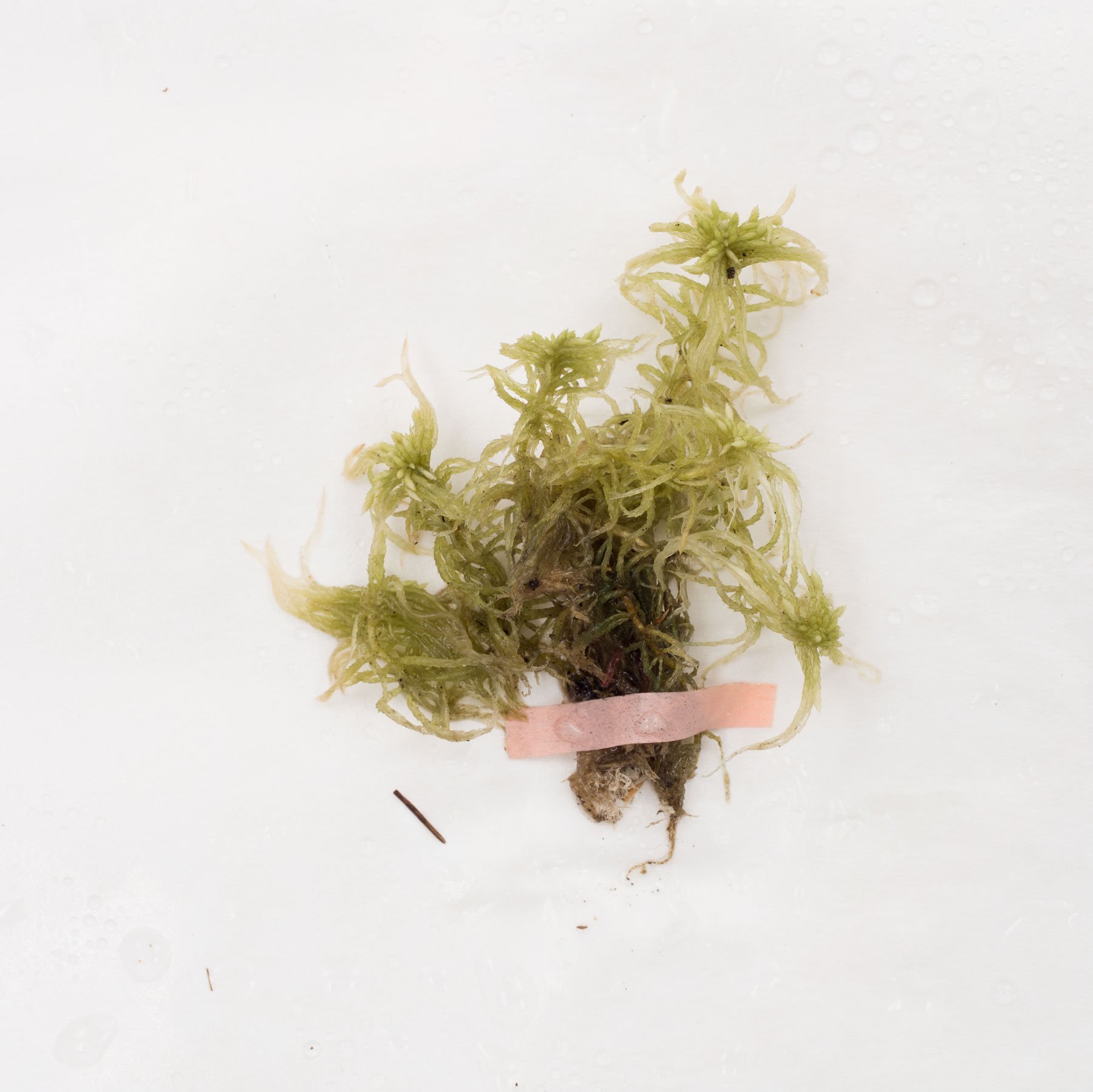
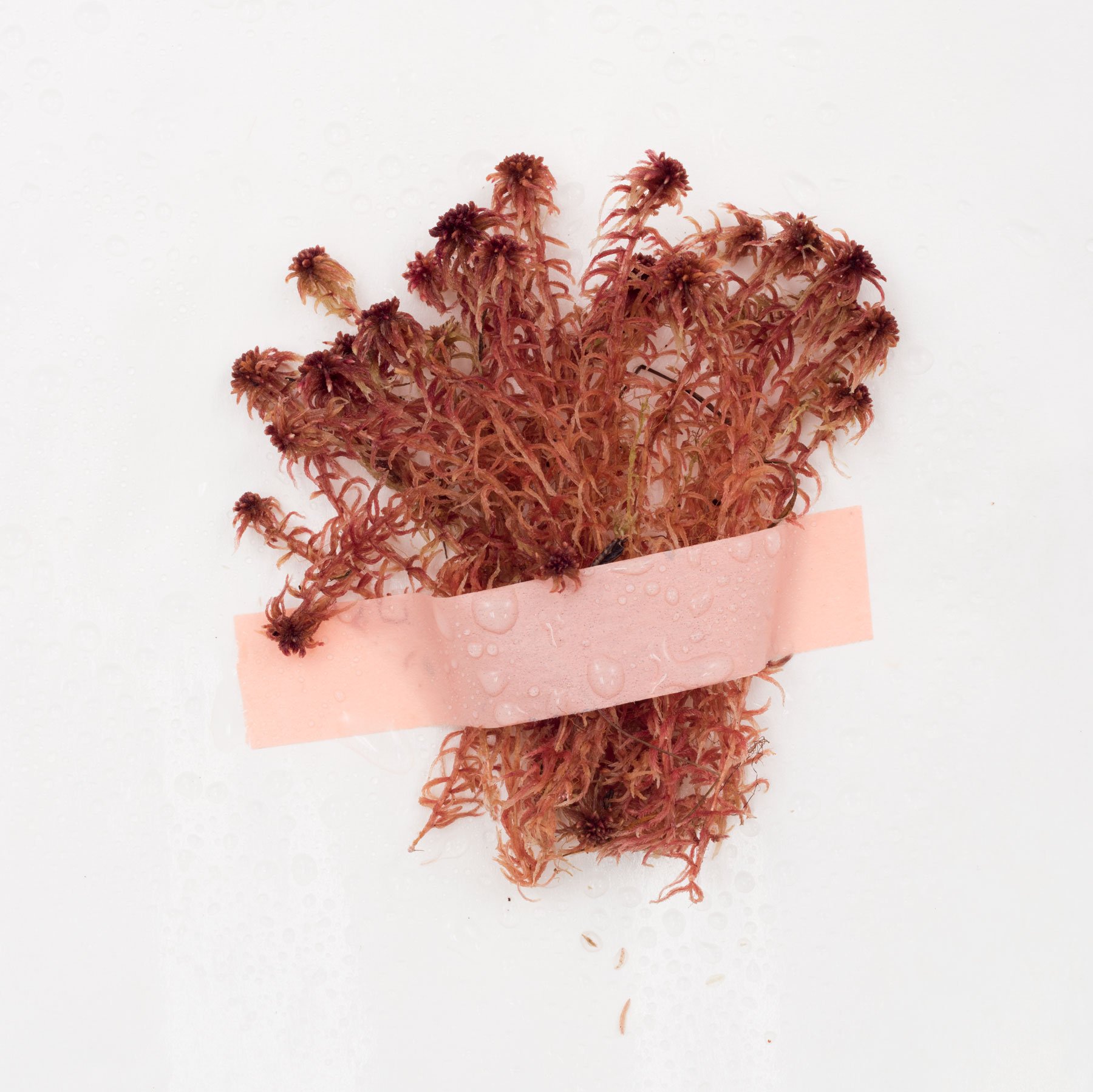


Bryophilia and MOSSLAB, installation views and documents
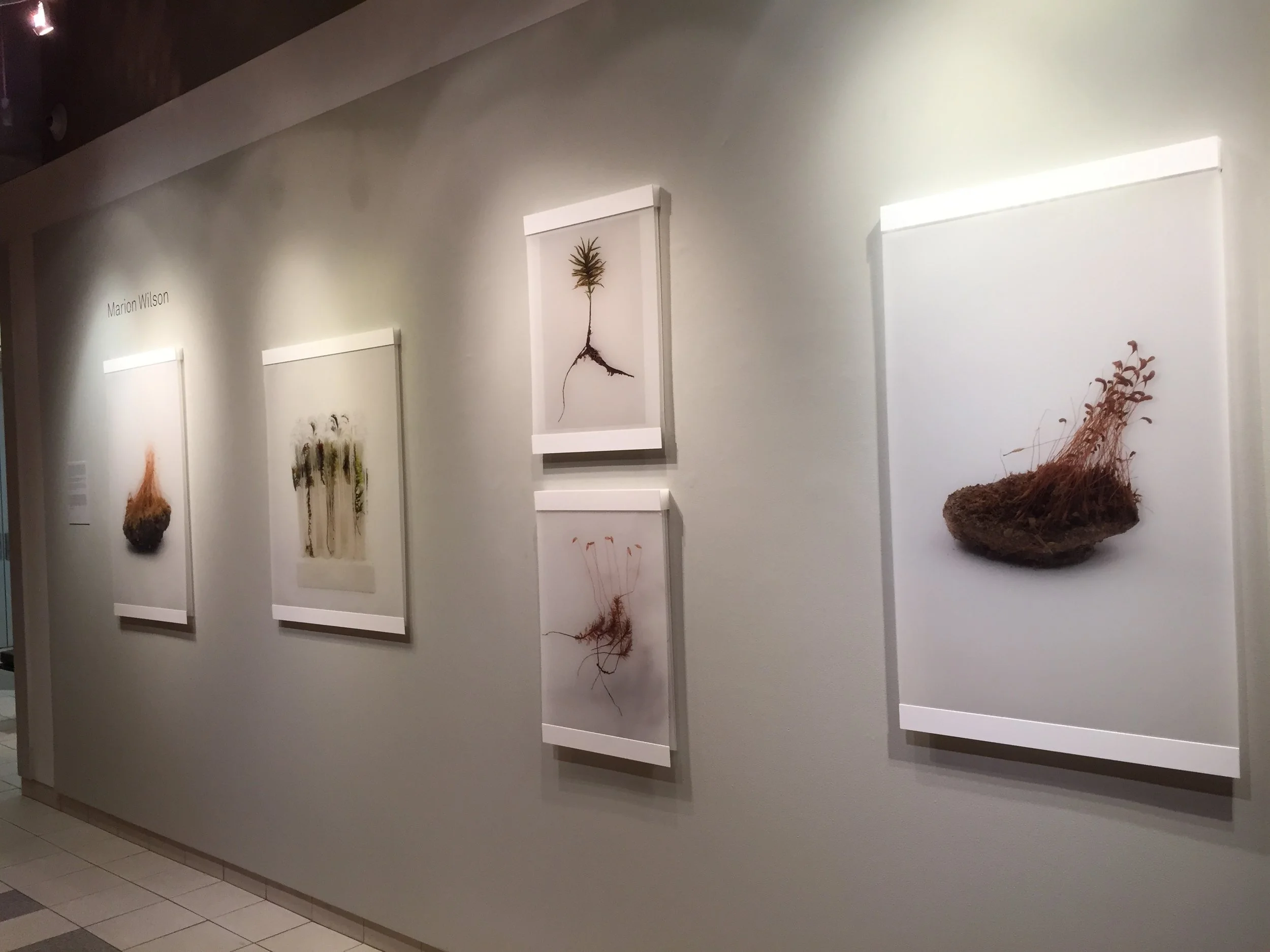
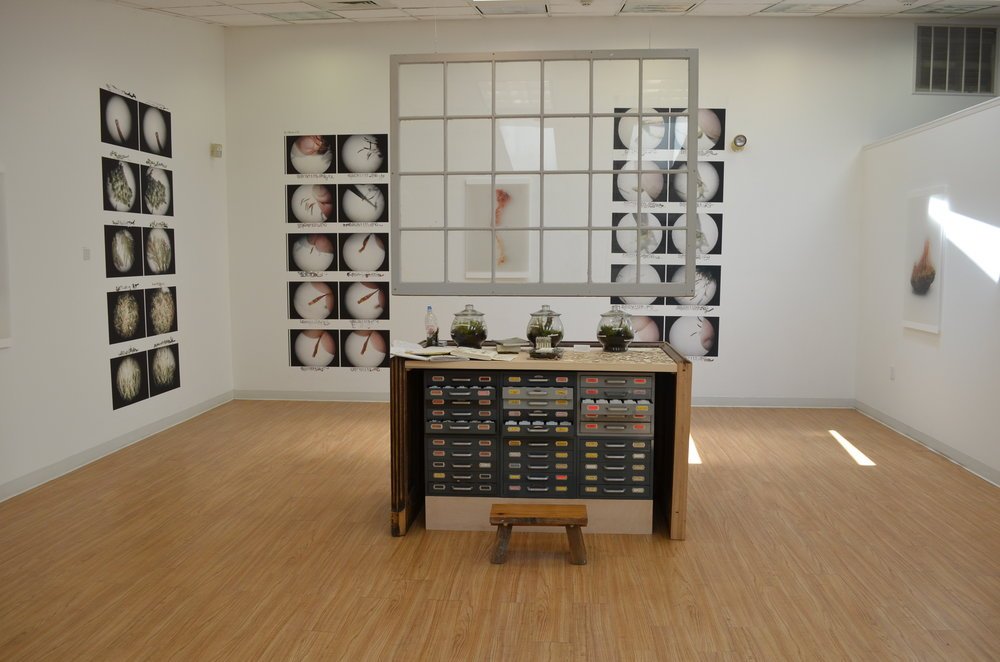
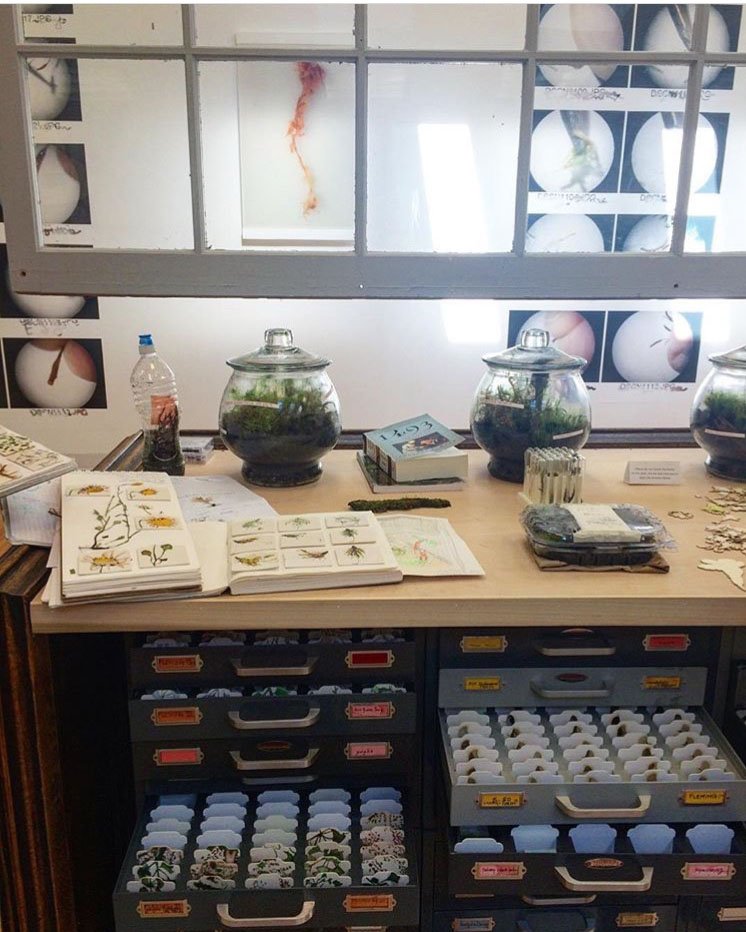

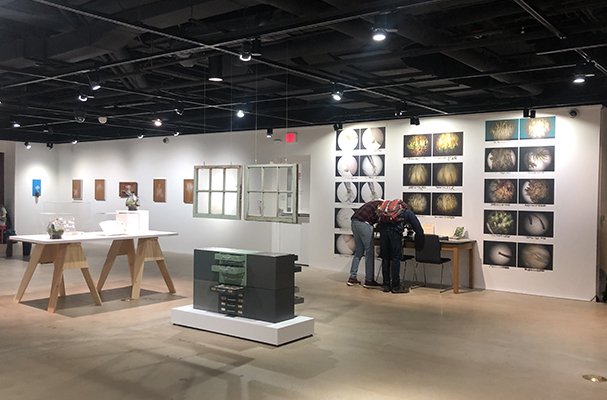

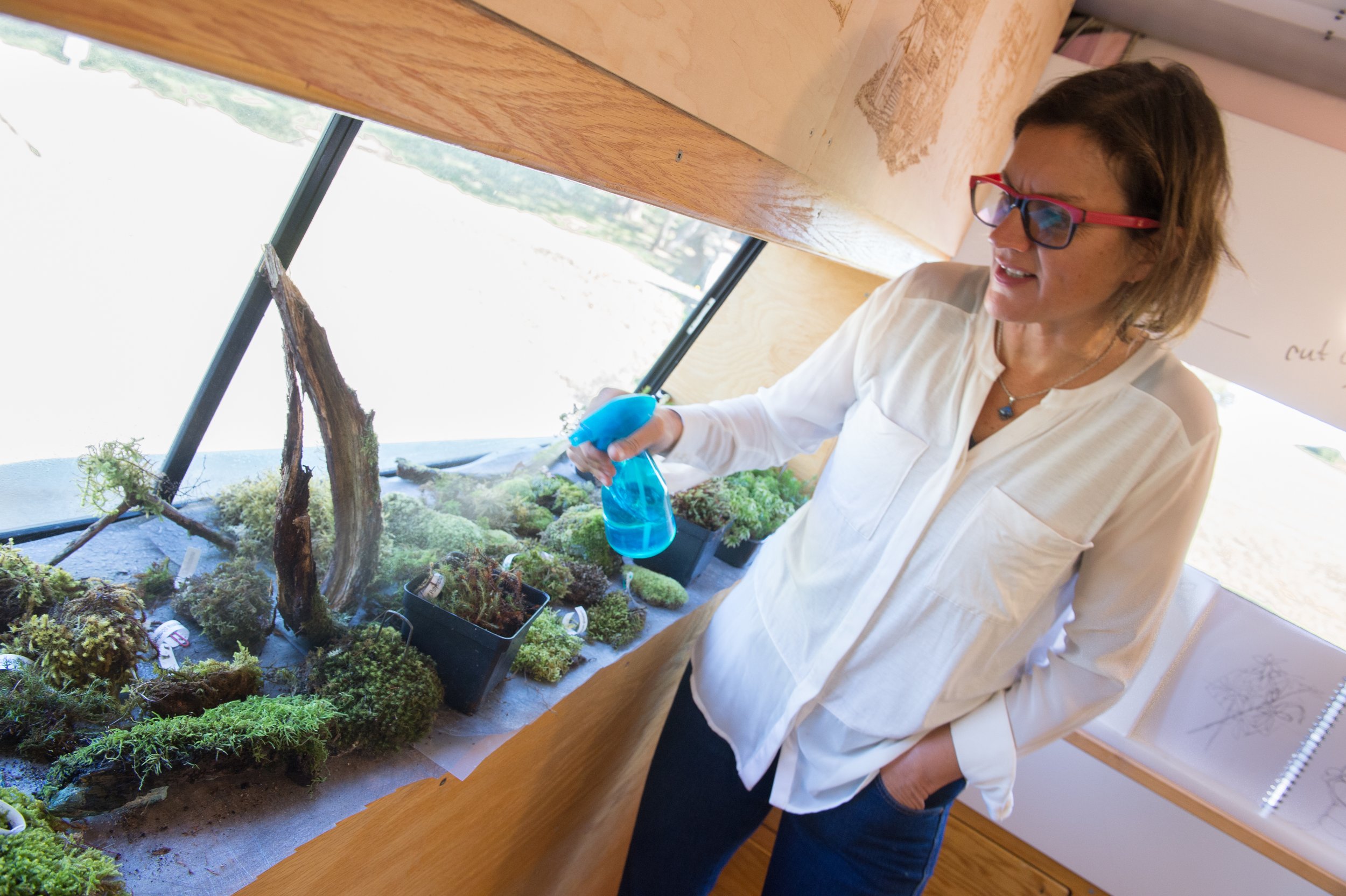
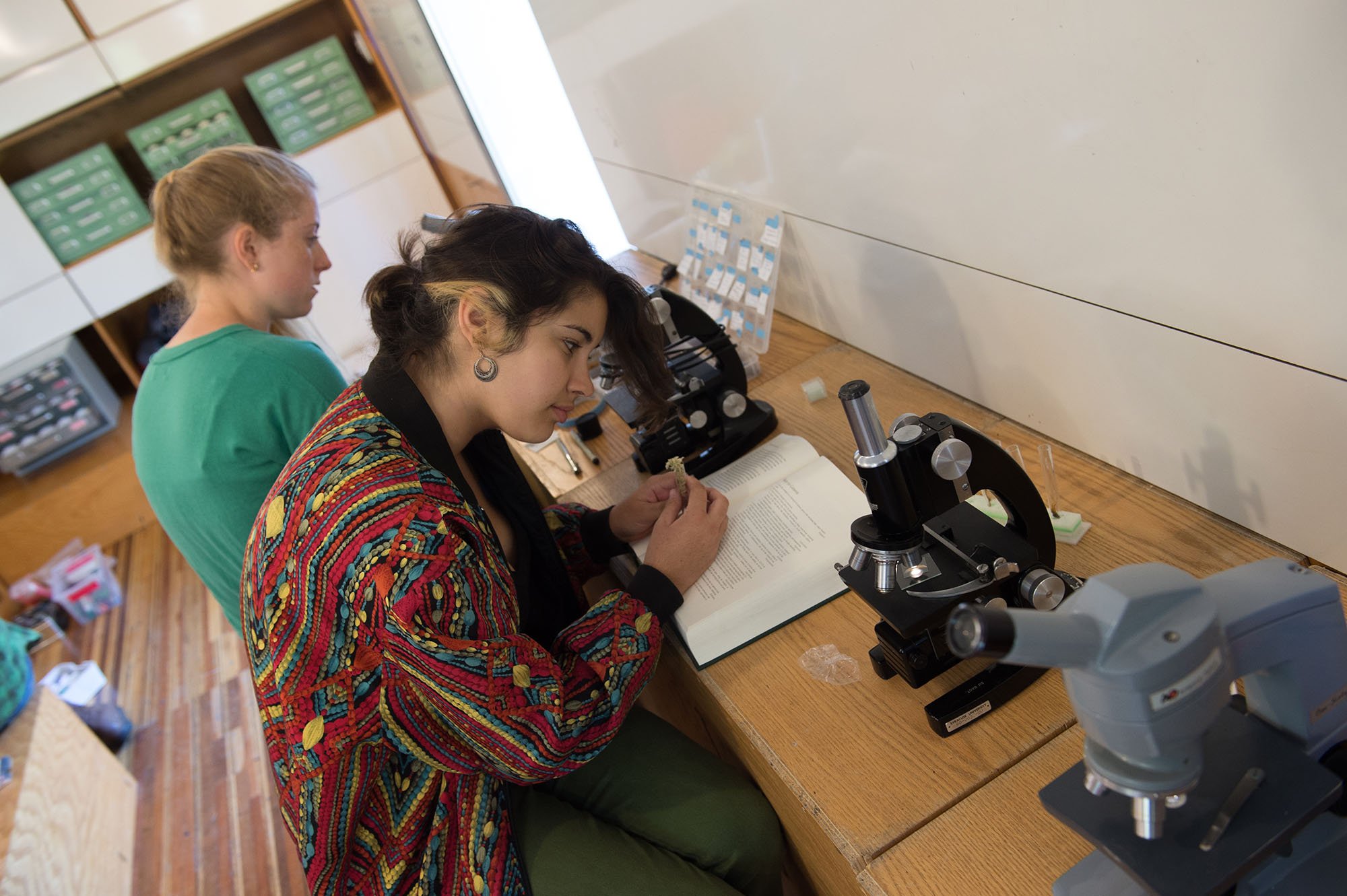
MOSS-LAB LAUNCHES IN MIAMI
December 2015
MOSS-LAB/”I Want to Teach the Whole World to Draw” is a national mobile art and ecology project created by artist, Marion Wilson, using a renovated RV as a drawing and botany lab. Wilson will launch MOSS-LAB at PULSE in Miami 2015 and the tour reaches as far as Portland, Oregon. Wilson in partnership with Dr. Robin Wall Kimmerer, expert bryologist and writer of “Gathering Moss: A Natural and Cultural History of Mosses” are creating a national herbarium of moss – a most overlooked – but ecologically significant form of plant life. This mobile art and ecology project celebrates attentiveness to place, smallness, and indigenous ways knowing which Wilson believes is both ecological and spiritual; scientific and artistic – and like art, restores wonder to viewing. MOSS-LAB is filled with moss species, macro and microscopy,
In 2008 Marion Wilson and nine Syracuse University students re-purposed this 1984 American Eagle RV to become the Mobile Literacy Arts Bus (MLAB) to house a mobile digital photography and creative writing studio for the Syracuse City School District. In 2014, MLAB was repurposed again to become the Mobile Field Station – a lab that links art and botany that has since travelled from Syracuse, NY to Miami, FL as part of PULSEArt Fair; Bronx Art Space in Bronx, NY; Schuylkill Center for Art and Environmental Education in Philadelphia, PA; and McColl Center for Art and Innovation in Charlotte, NC. mobilefieldstation.org will be here at the Herbert F. Johnson Museum from February 28 to March 10.
Made possible by Herbert F. Johnson Museum, Cornell University; Art 3799: EMPATHY ACADEMY: Social Practice and the Problem of Objects sponsored in part by a grant from the Andrew W. Mellon Foundation; Syracuse University, School of Education;
the Wege Foundation; and Pastabilities.
WHY MOSS?
Studying the diversity of bryophytes is about paying attention to what is small, omnipresent, place-based, and profoundly overlooked. The artistic study of moss is significant environmentally, scientifically and metaphori- cally linking art, science and technology to talk about human activities. Mosses are some of the earliest forms of plant life; they live in the boundary layer of the Earth and in microenvironments. As non-vascular plants they teach us about hydration, reproduction, photosynthesis, and survival. Studying moss is about looking, paying attention, and about seeing close up.
MLAB: The Mobile Field Station/”I Want to Teach the Whole World to Draw” is a national mobile art and ecology project created by artist, Marion Wilson, using a renovated RV (MLAB) as a drawing and botany lab. Wilson proposes launching the Mobile Field Station at PULSE in Miami 2015 and travel as far as Portland, Oregon. Wilson in partner-
ship with Dr. Robin Wall Kimmerer, expert bryologist and writer of “Gathering Moss: A Natural and Cultural History of Mosses” are creating a national herbarium of moss – a most overlooked – but ecologically significant form of plant life. This mobile art and ecology project celebrates attentiveness to place, smallness, and indigenous ways knowing which Wilson believes to be ecological and spiritual; scientific and artistic – and like art, restores wonder to viewing. MLAB:The Mobile Field Station is filled with moss species, macro and micro drawing stations and engages the public in a full inter- active art/botany experience.
The Stops and what they tell us:
MLAB: Mobile Field Station will follow an exquisite and diverse moss trail through the most rural areas including the Smokey Mountains and the Blue Ridge Parkway, as well as urban centers including Miami, Atlanta, Louisville, Washing- ton, DC, Philadelphia, New York, Newark, Portland, and Syracuse, NY. As the local and native moss species are collected and archived Wilson and participants will use microscopes to draw in three scales; real size, dissection and cellular. At each stop Wilson (and Dr. Kimmerer when available) will hold moss walks and public drawing sessions that include an innovative art and science lesson. Drawings will then be sent to a 3-d printer to create a sculptural archive, which Wilson views as a contemporary technological version of Leopold and Rudolf Blaschka glass models.
MLAB: Mobile Field Station is founded on the belief and conviction that arts and arts education should be distributed equally and not allocated according to race and class as currently exists in the American school system. MLAB: Mobile Field Station will work in partnership art and ecology museums and centers along the route. MLAB: Mobile Field Station will function as mobile signage that points directly to this discrepancy by travelling to the poorest districts along the route –providing a rich arts curriculum that links art and design to science and technology. The educational goal of the MLAB: Mobile Field Station is to introduce concepts of art and ecology through an interdisciplinary learning model that utilizes a STE(A)M approach (The learning of Science, Technology, Engineering, Art and Math.)
Why Moss and Drawing (The Enlightenment to Romanticism)
Mosses are the first form of life. They live in the boundary layer of the Earth and in microenvironments. As non-vascular plants they teach us about hydration, reproduction, photosynthesis, and equally important; moss is about looking. Wilson uses the study of moss to increase our ability to see. The study and observation of moss is the perfect compliment to observational drawing and to drawing exercises that Wilson has used in many public formats to increase individual and public perception. Studying moss is about paying attention.
Creating the Archive:
In 2010 Wilson inherited the entire painting collection of art slides from Syracuse University’s slide library (approximately 10,000 slides). Since that time through painting and drawing she has been recycling the artifacts of the collection (glass, slide dividers, photographic images) with her own images of post-industrial landscapes and indigenous or endangered plants. Following a similar interest, the collected bryophyte drawings will be transferred into CAD drawings for 3-D print- ing to create a national creative archive of bryophytes. The use of drawing to create 3-d models of the bryophytes loops the ancient language of drawing back into a contemporary dialog about technology.
COLLABORATORS:
Dr. Robin Wall Kimmerer is a mother, scientist, writer and Distinguished Teaching Professor of Environmental Biology at the SUNY College of Environmental Science and Forestry in Syracuse, New York. She is the founding Director of the Center for Native Peoples and the Environment, whose mission is to create programs that draw on the wisdom of both indigenous and scientific knowledge for our shared concerns for Mother Earth. Kimmerer is an enrolled member of the Citizen Band Potawatomi. Her writings include numerous scientific articles and the books Gathering Moss, which was awarded the John Burroughs Medal for nature writing in 2005, and Braiding Sweetgrass: Indigenous Wisdom, Scientific Knowledge and the Teachings of Plants, released in October 2013. As a writer and a scientist, her interests in restoration include not only restoration of ecological communities, but restoration of our relationships to land. She lives on an old farm in upstate New York, tending gardens both cultivated and wild.
